I'm leaving my job after 9 years
Working nine years for the same company is pretty unusual in the tech industry.
During my time at Liferay, I was contacted by many companies, including Apple, Google, Netflix, Snapchat, Airbnb, Uber, Facebook, Amazon, etc.
This post is an attempt to explain why I declined all these companies and to reflect on this entire journey.
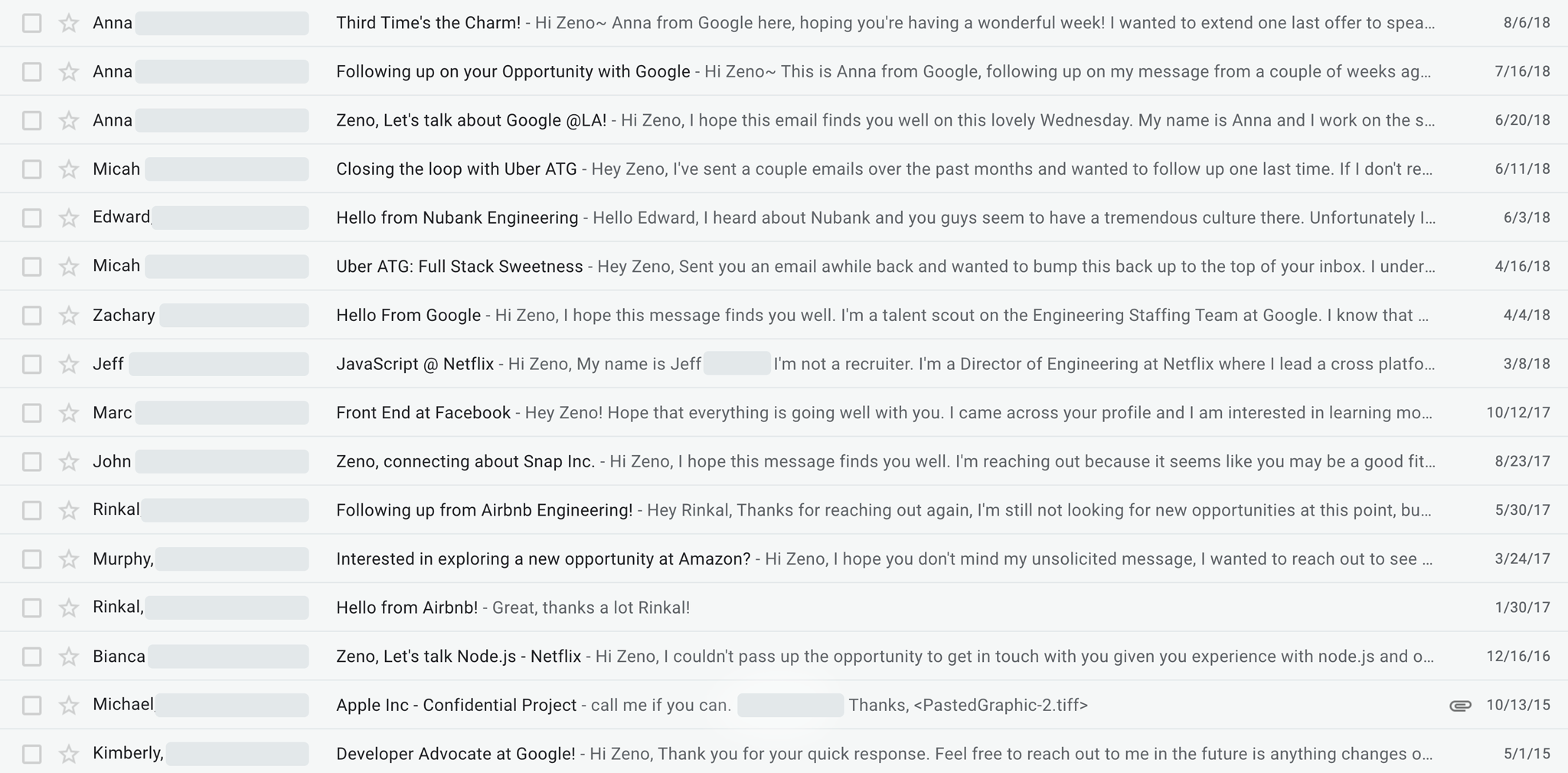
The beginning
In July 2012, I accepted a job offer from Liferay. I joined the company when I was 21 years old as a Front-end Engineer. Back then, I was still in the university and lived in Rio de Janeiro, so I had to work remotely for the first time in my life.
At that time, my family was struggling financially, and we all lived together in a 409 sqft (38m²) studio apartment. I tried working from home, but it was extremely difficult to concentrate due to our living conditions.
Eventually, I decided to work from a co-working space. This was good because it allowed me to focus more, but it was pretty dangerous since I had to ride my bike with a laptop next to the Tabajaras favela. Despite these challenges, I was having an amazing time working with this new team.
My first project
My first project was to build the open source ecosystem of AlloyUI - a JavaScript framework built in-house.
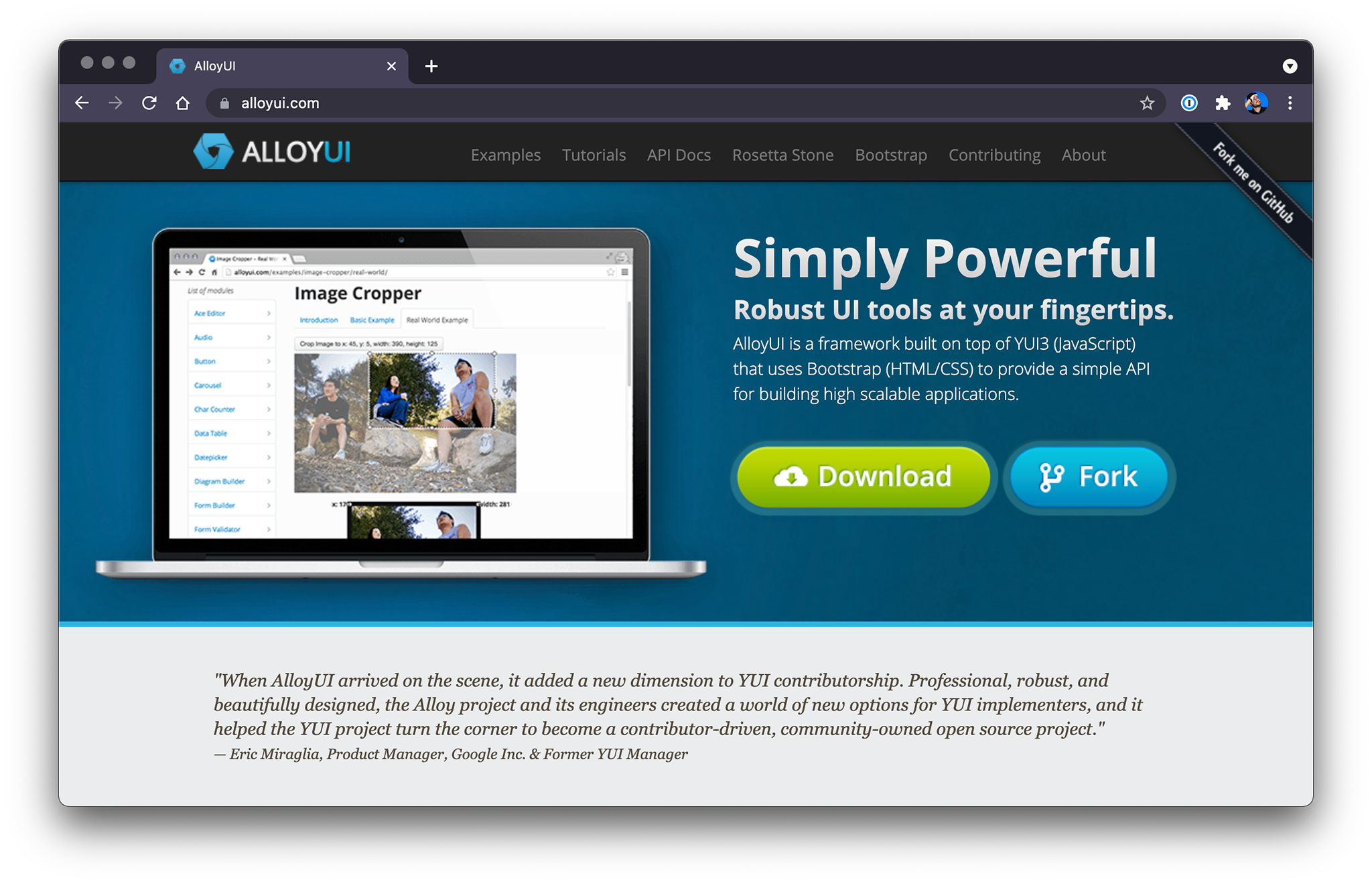
Our goal with AlloyUI was not to compete with the popular libraries such as jQuery, YUI, or Mootools. Our goal was to build something that people would enjoy using it.
Until this day, I'm incredibly proud of working on this project, which has more than 7.5M page views, and it was used by Cisco, Sesame Street, Lufthansa, and many other companies.
Moving to another city
Before I first signed with Liferay, I told the board that my goal was to live abroad. They said they couldn't promise anything, but they would try to help if things worked out. I made that very clear since day one and continue to focus at work.
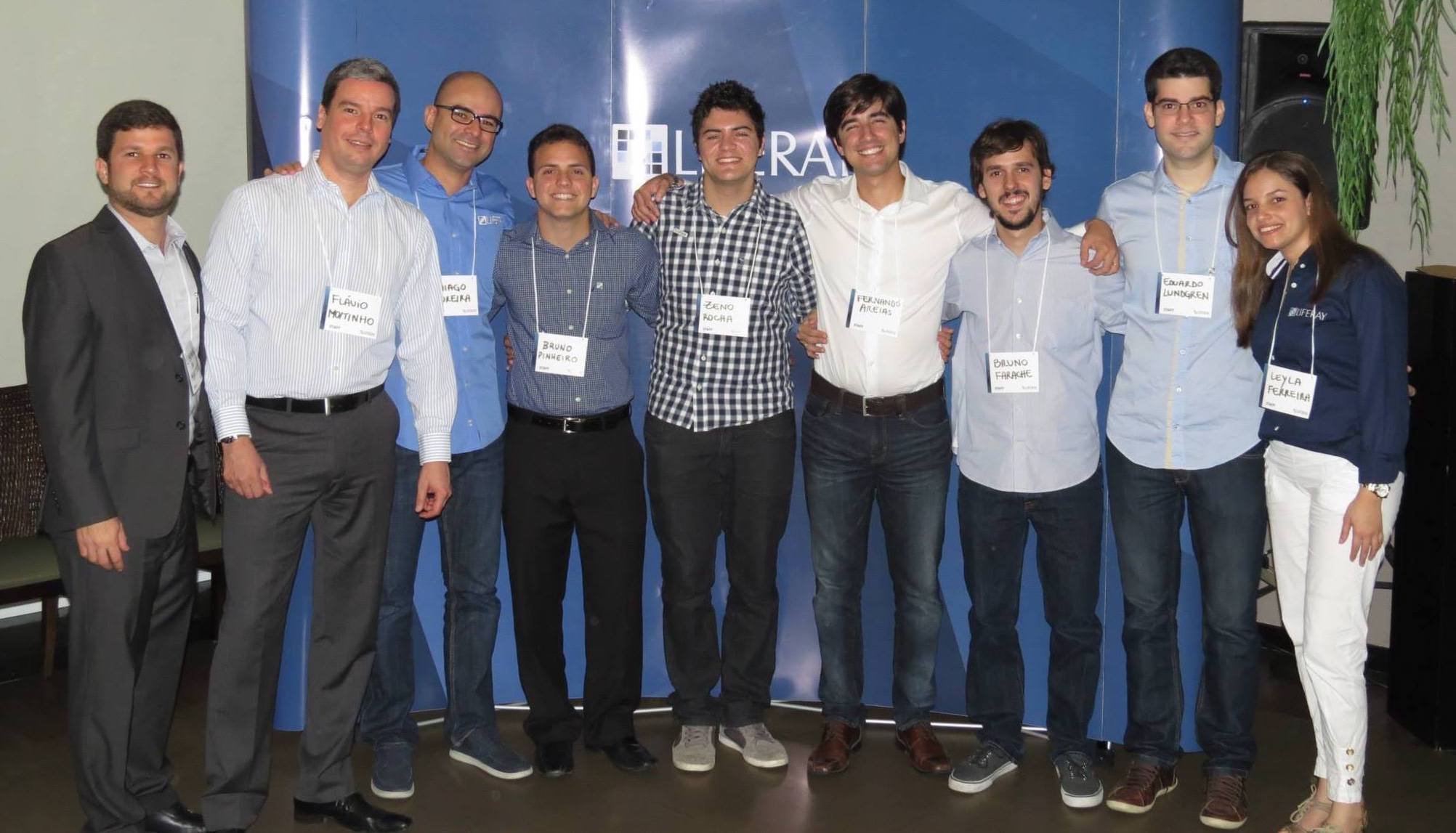
Once I graduated in 2013, it was time to remind them about that wish. The problem was that I was still very new to the company, and they told me I still had to prove myself. That's when I decided to leave my family and move to Recife.
Liferay was kind enough to rent an apartment. It was convenient for the company since they always had people visiting, and it was also pretty convenient for me. Since other people had to stay there, they always made sure to clean it and put food in the fridge. It was a perfect life.
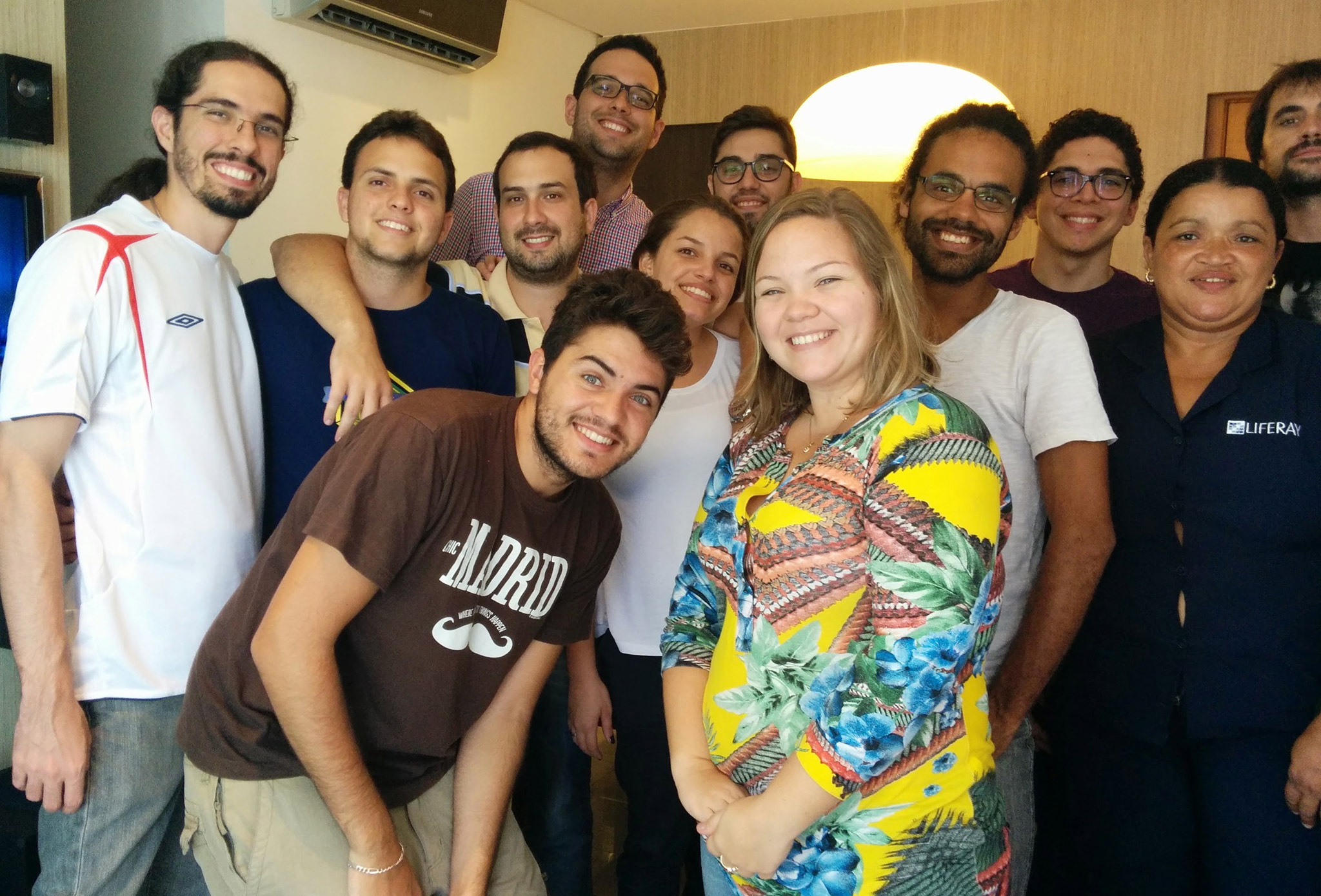
Surviving pancreatitis
In October 2013, I went to Europe for a couple of presentations and ended up in a hospital in Madrid for 3 weeks.
Fortunately, many of my coworkers from the Spain office went there to visit me. They were all very friendly, trying to entertain me all the time. They even brought my Macbook and a 3G USB modem, so I could "escape" from reality.
Interesting fact: the Dracula Theme was created in that hospital.
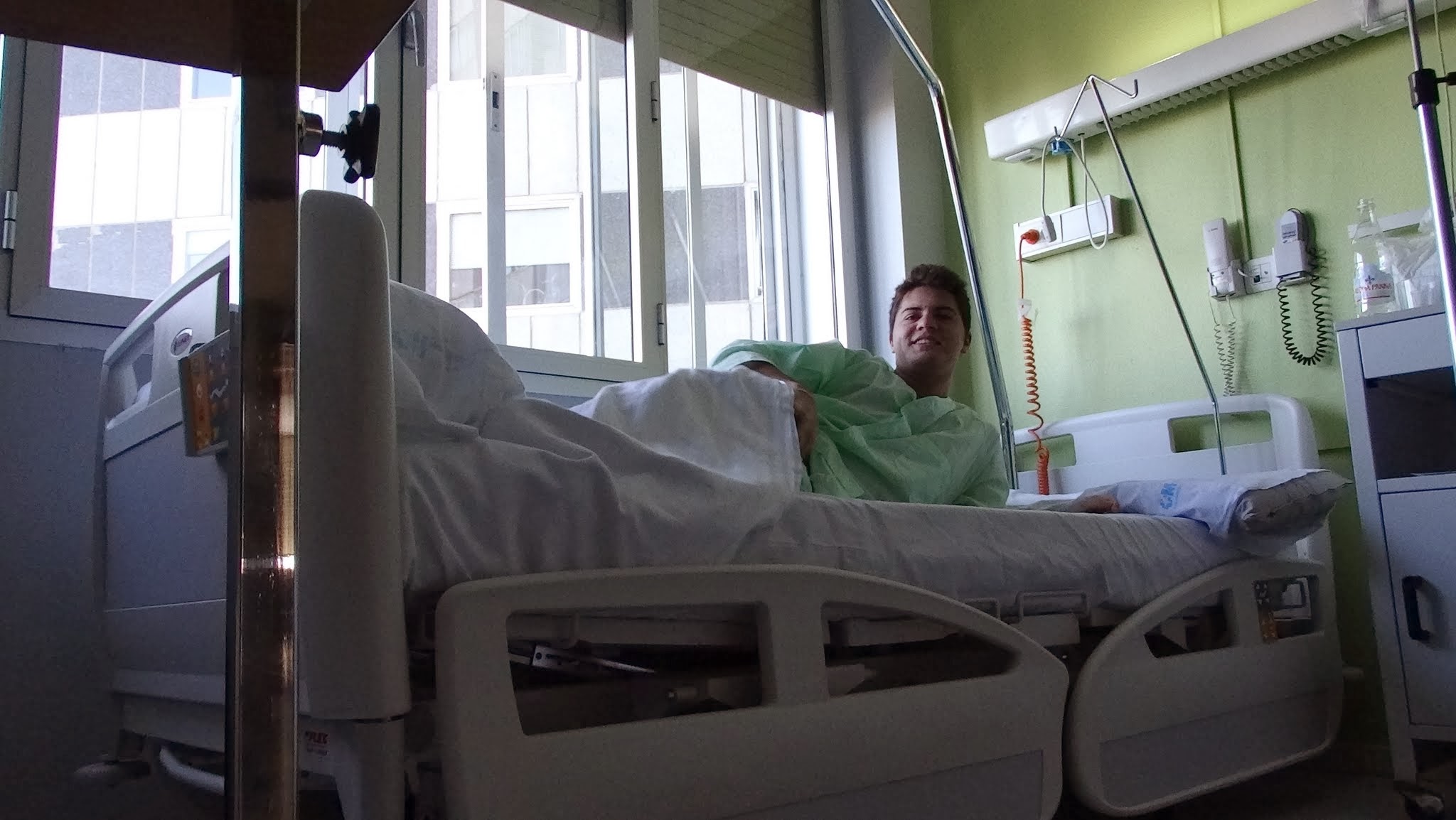
During the second week there, I had to leave my room for 15 seconds, and when I got back, my computer and tablet were stolen. The only way I had to communicate with my family was gone. I was devastated.
Again Liferay was very kind to me. They brought me a new computer, some DVDs to watch, and most importantly they flew my sister all the way from Rio de Janeiro to Madrid just to be there with me.
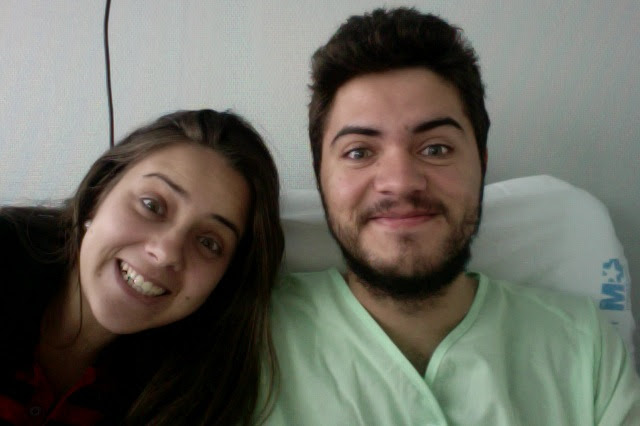
Those were, by far, the worst 3 weeks of my life, but I learned so much from it.
Any other company could be angry because I wasn't working for a long time or worried about the hospital bill, or simply didn't care at all. But not Liferay. They did much more than I could expect, and for that, I'll always be grateful.
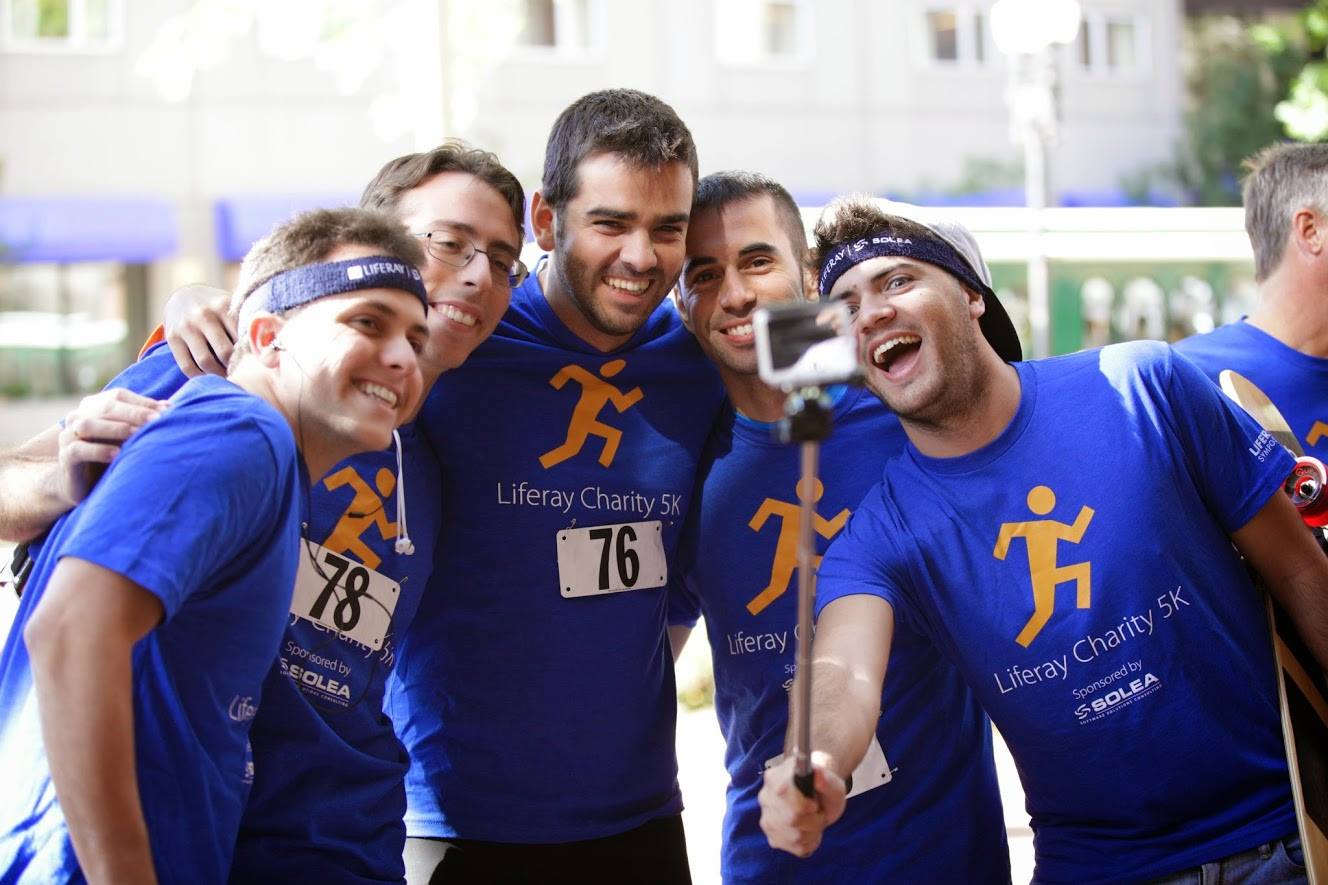
Proving myself
During my stay in Recife, I continued to prove myself. I was determined to show my value not only to the local staff but also to other international teams too.
If I wasn't coding, I was inventing an idea to keep the team engaged and motivated. In May 2014, I started leading the Employee Volunteering Program (EVP) for Latin America (read full story). In December 2014, I organized my first hackathon for the entire Engineering organization (read full story).
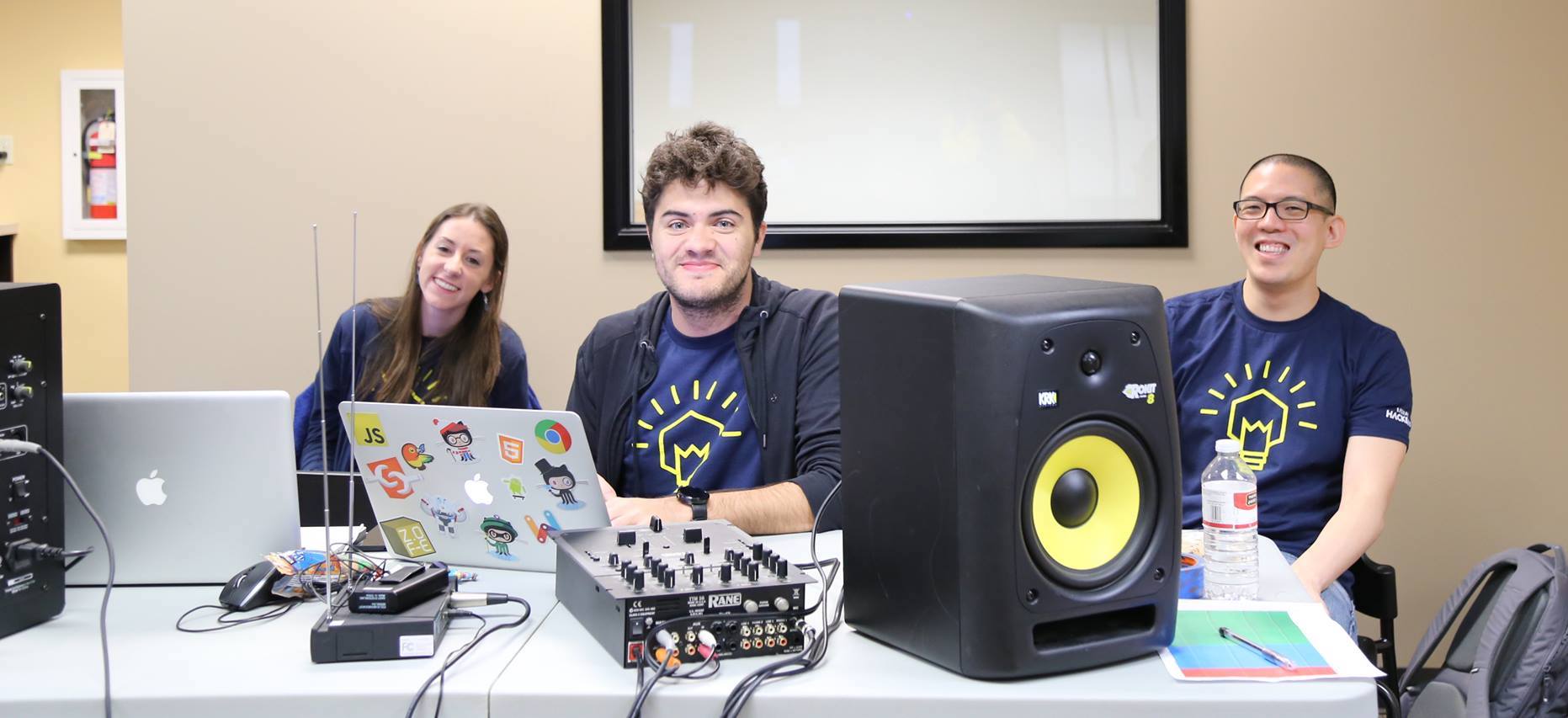
After leading many projects that were beyond my original scope as Front-end Engineer, I once again reminded the Liferay board that I wanted to move abroad. This time I got the "yes", but there were still many challenges ahead.
Back then, nobody from the LATAM region had ever moved to the US. The company didn't have a proper policy to transfer employees, and the HR and Legal departments didn't know exactly what to do.
After months of back-and-forth, my L-1A visa was accepted!
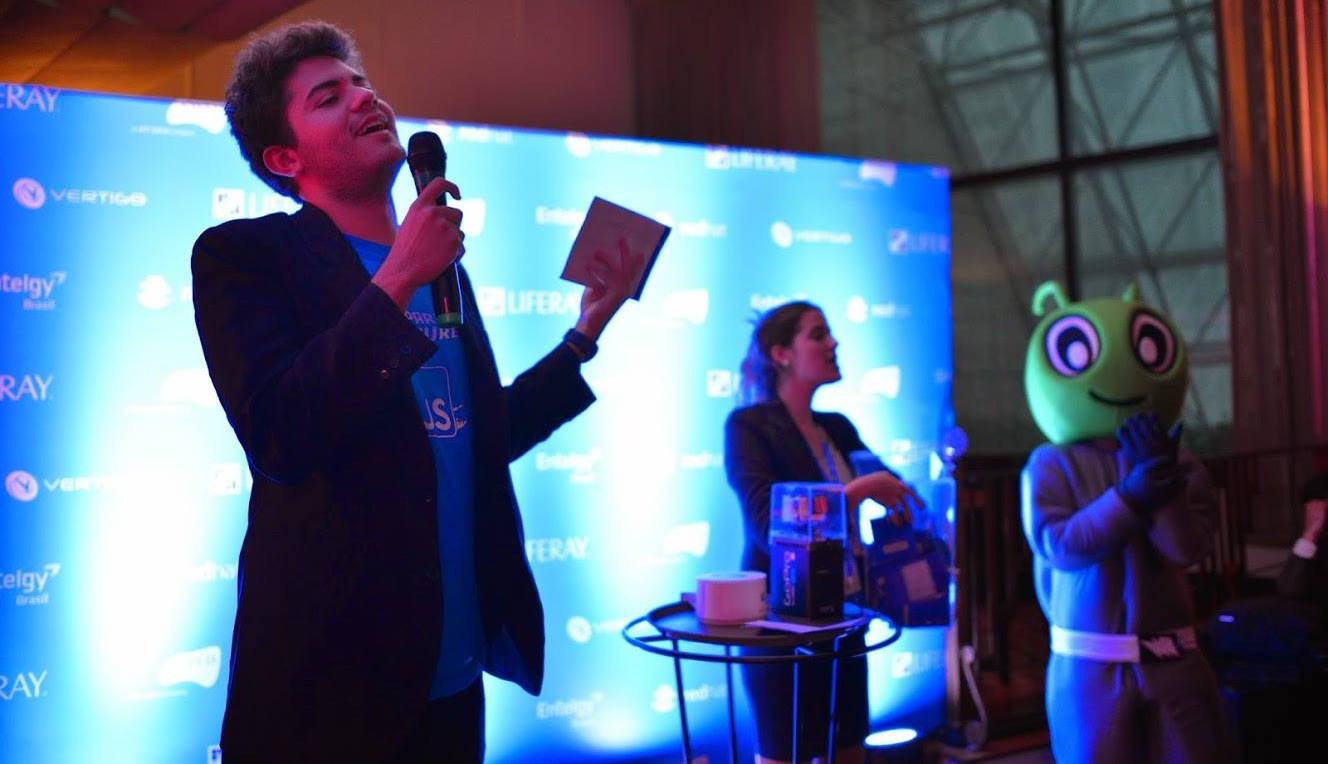
Moving to the headquarters
In March 2015, I packed all my clothes and moved to the US with my girlfriend.
This was by far the best decision I made in my life, and, once again, Liferay was there to help me along the way.
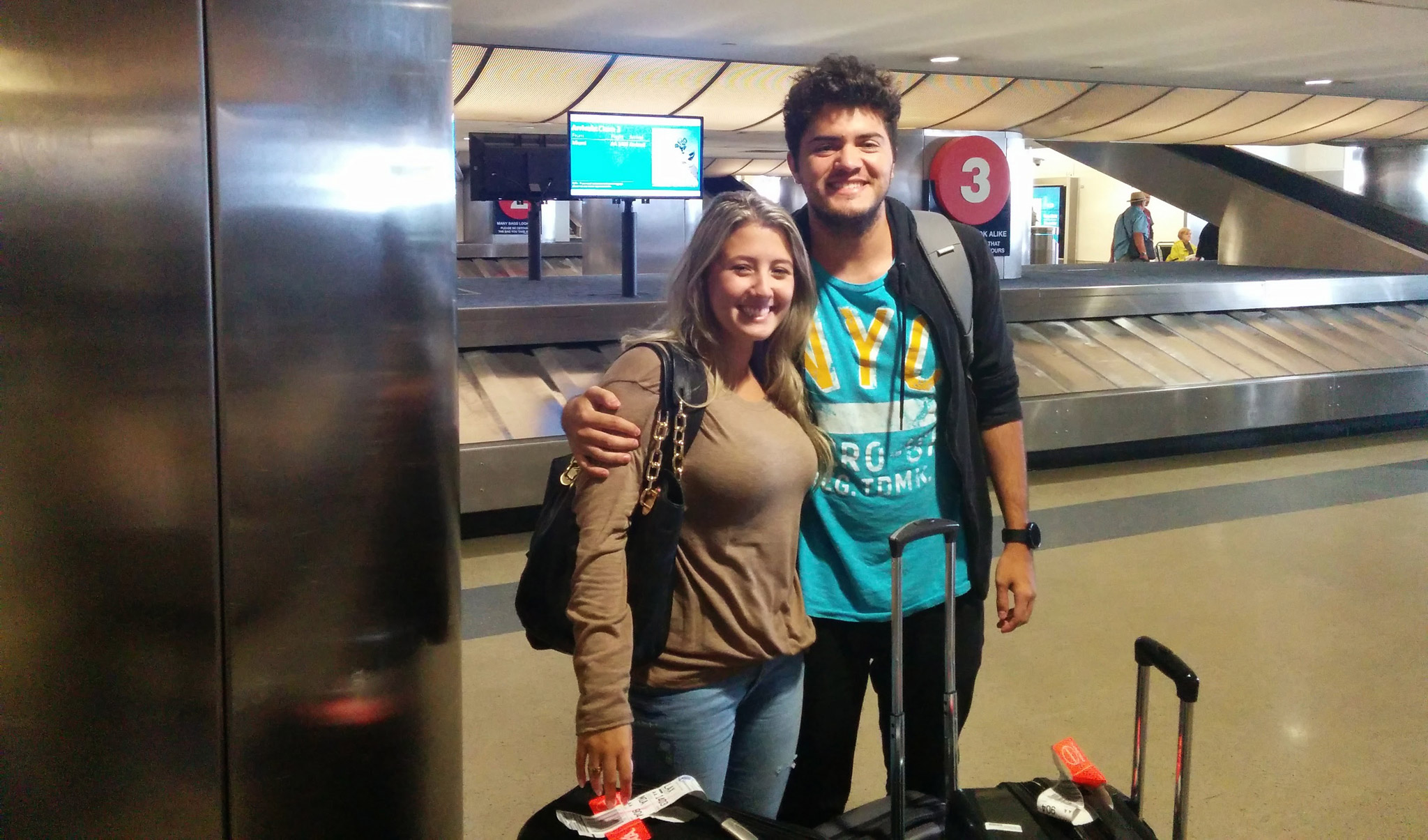
I was deeply involved with the open source community, and my agenda was filled with speaking engagements, so it was clear that the engineering role wasn't reflecting my reality anymore.
That's why I pitched the CEO to start a Developer Relations team. He accepted the idea, and I recruited three amazing people to this team - Jamie, Jonni, Milen.
Interesting fact: From the 116 talks I've given, 25 of them were Liferay conferences.
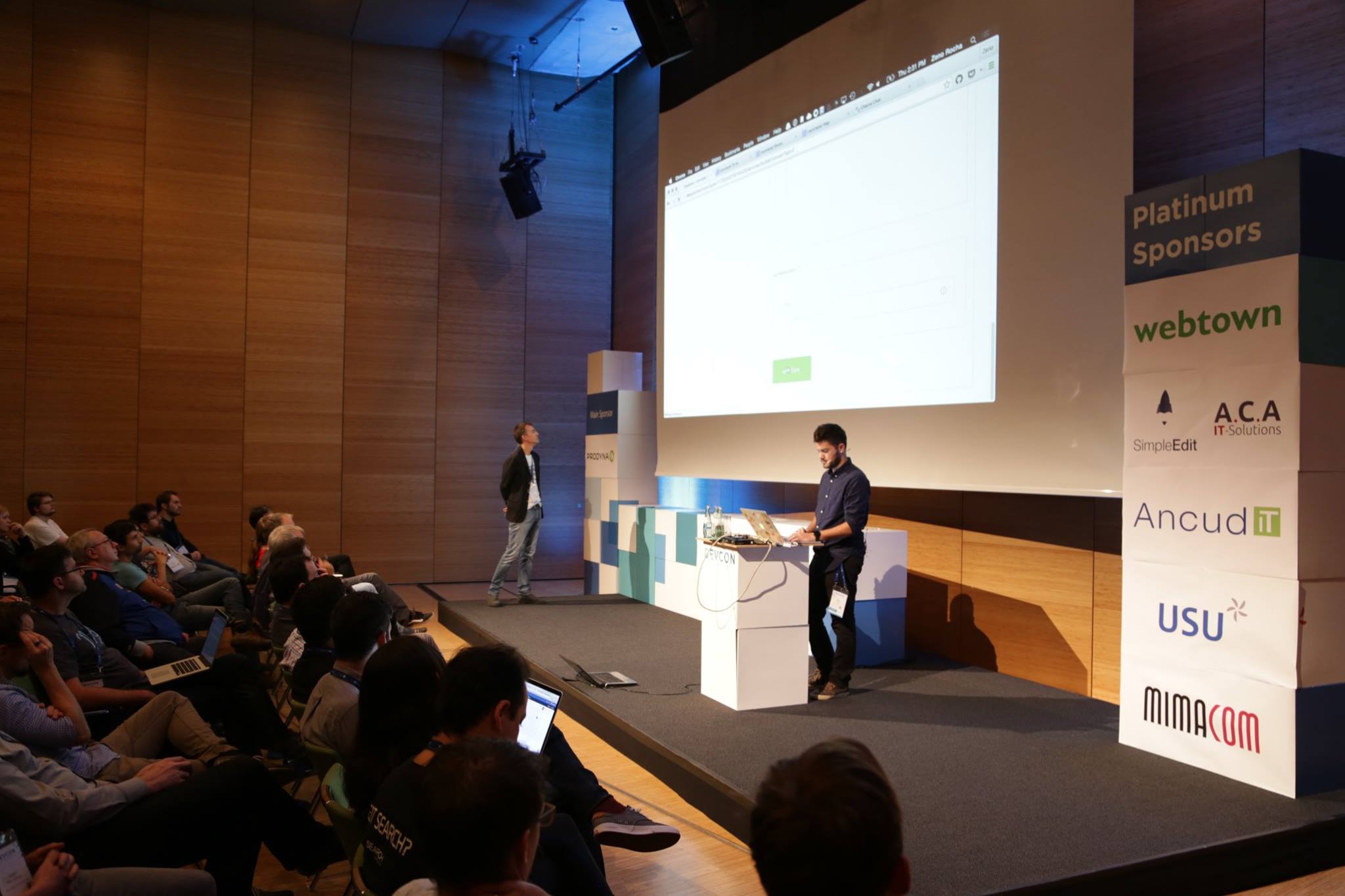
That was also the first I managed people from a different age group and cultural background. It was a big challenge, but we were all very passionate about making things better.
Our first project was to create a new home for the Liferay Community.
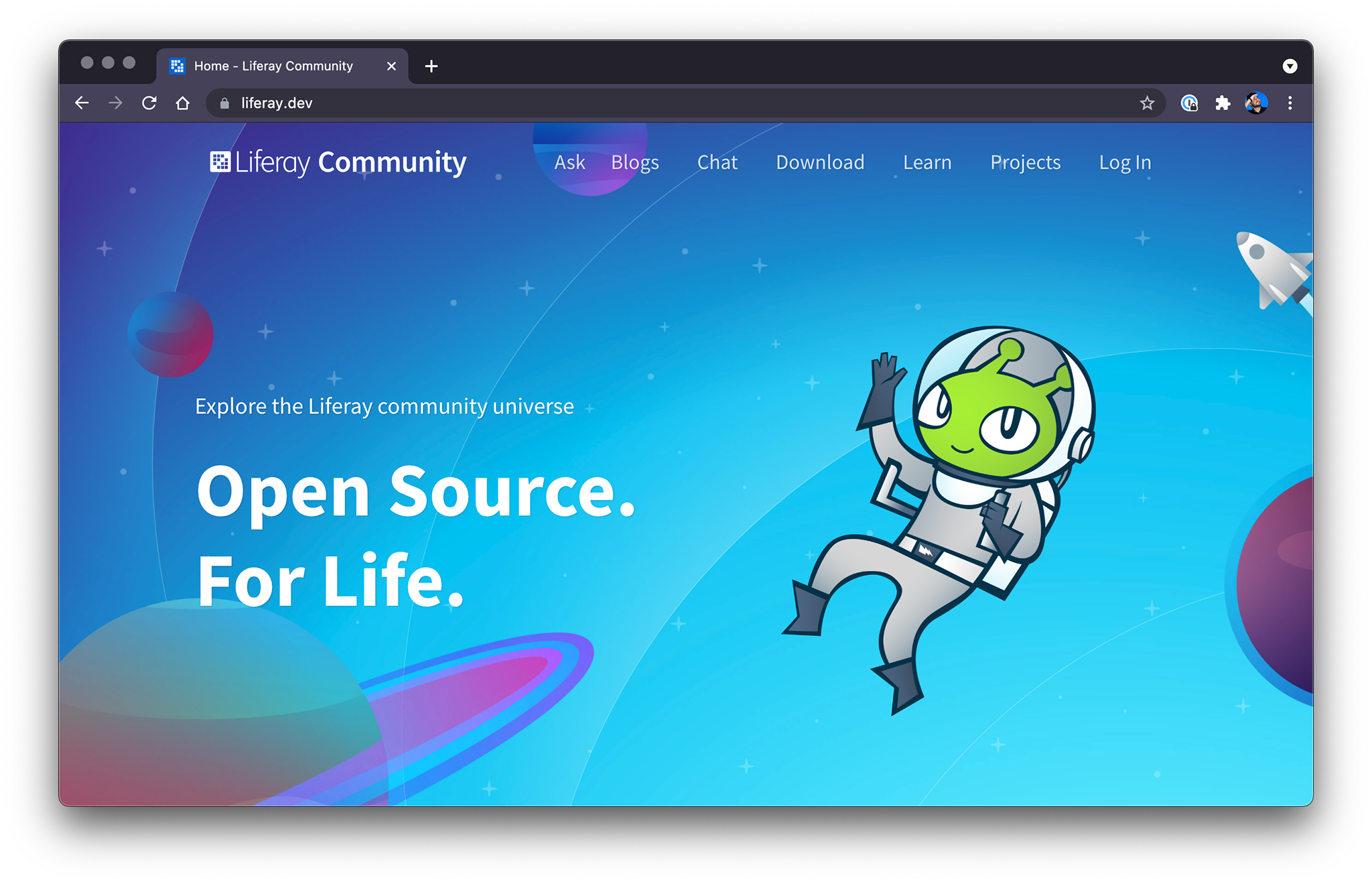
Along with the new site, we made tons of improvements around contributing, participating, and interacting with the community. Today I'm proud to say that the Liferay Community has more than 180,000 members.
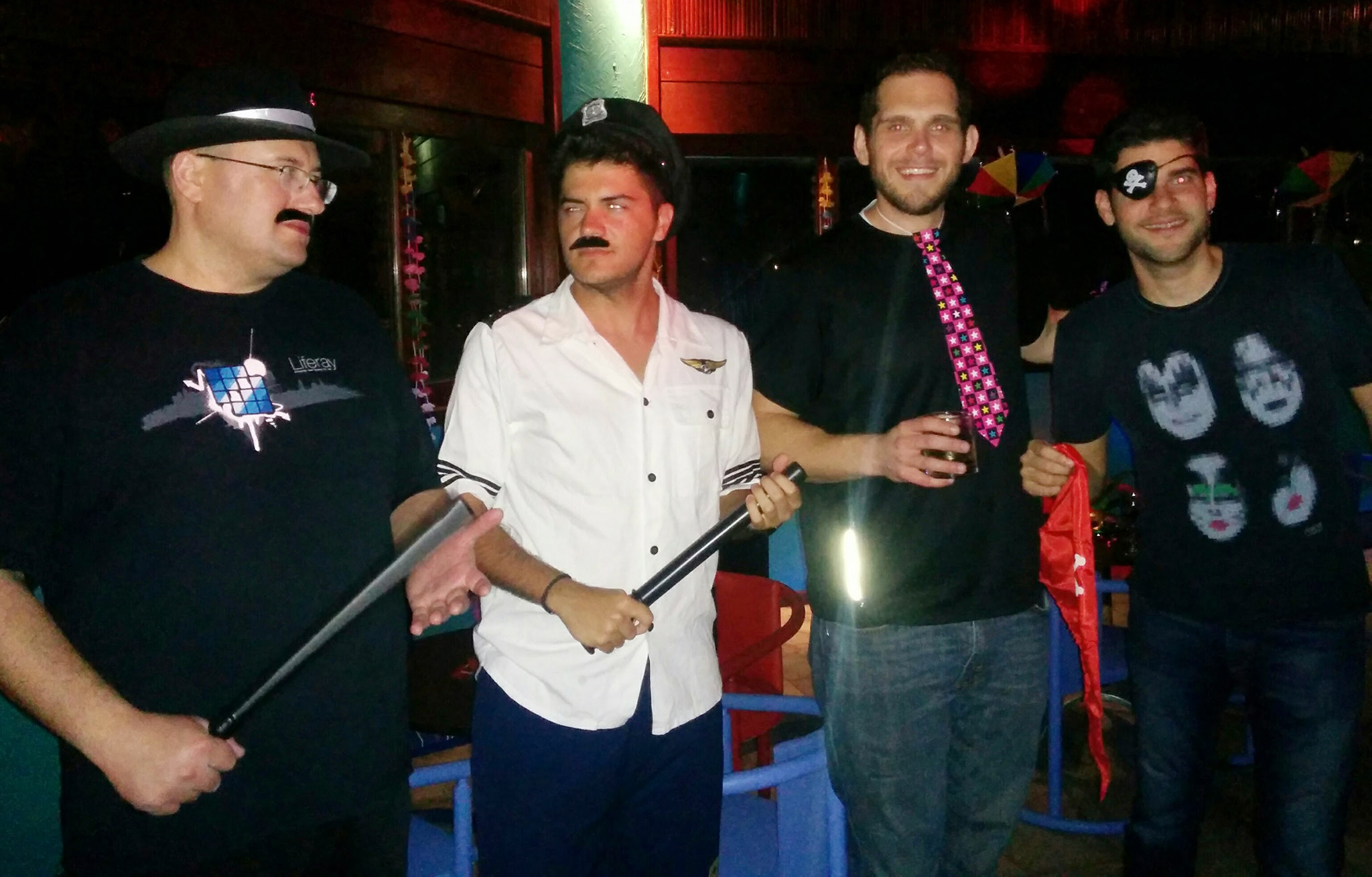
Building a new product
In 2015, Eduardo and I noticed that the experience of going from zero to production with Liferay Portal was pretty archaic when compared to other new technologies that we were exposed to, so we decided to embark on this journey to modernize Liferay.
We realized that solving this problem from the portal side would be a monumental challenge. All the legacy features and compatibility issues that any enterprise software have would prevent us from evolving fast. That's when we decided to branch out and create a prototype called Launchpad.
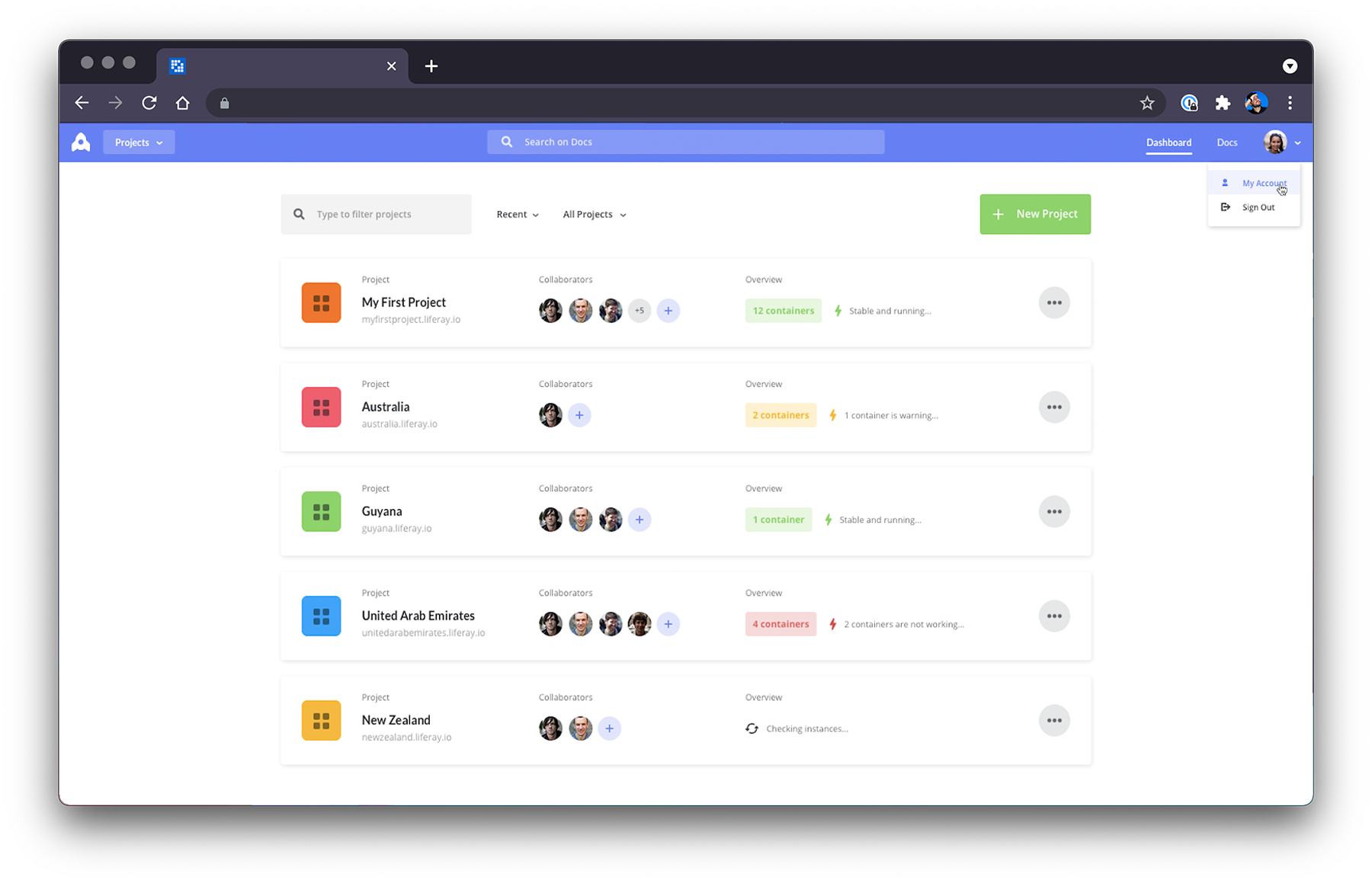
We came up with a simple way to create microservices in the cloud and connect them to Liferay Portal. We wanted developers to focus on the fun part, and we would take care of the rest, like networking, managing servers, scaling, etc.
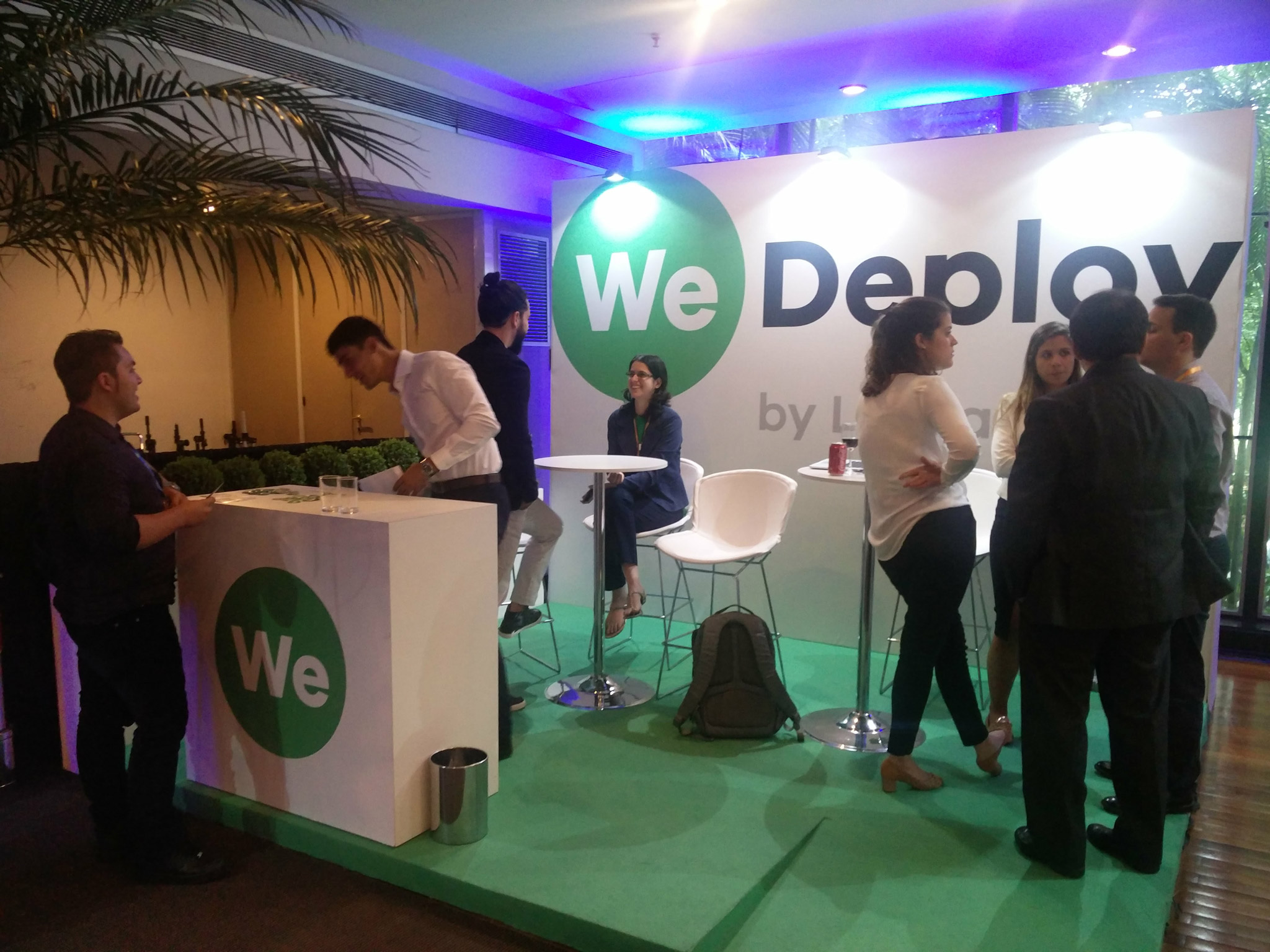
In 2016, we noticed the potential of Launchpad and decided to take this idea to the next level. Instead of only deploying microservices, we expanded our vision to deploy any kind of container to the cloud.
That's how WeDeploy, the first cloud product from Liferay, was born (read story).
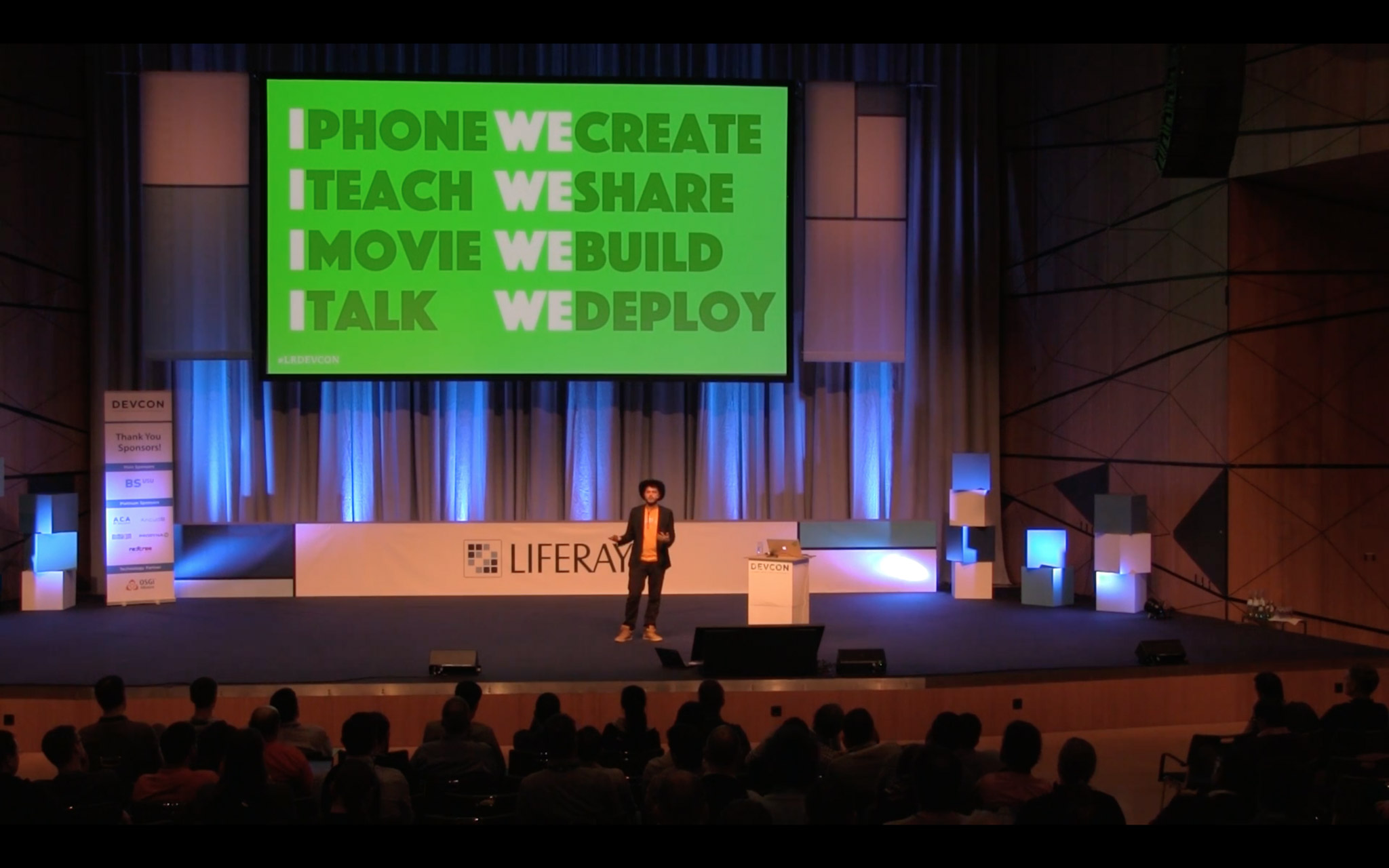
Creating a new company
In 2017, we continued to invest time in WeDeploy. The product was getting more mature, the company was noticing our potential, and our existing customers were getting interested.
We also kept getting more beta users and, because of that, having to deal with more serious scalability problems. That experience was crucial to make our product even more stable.
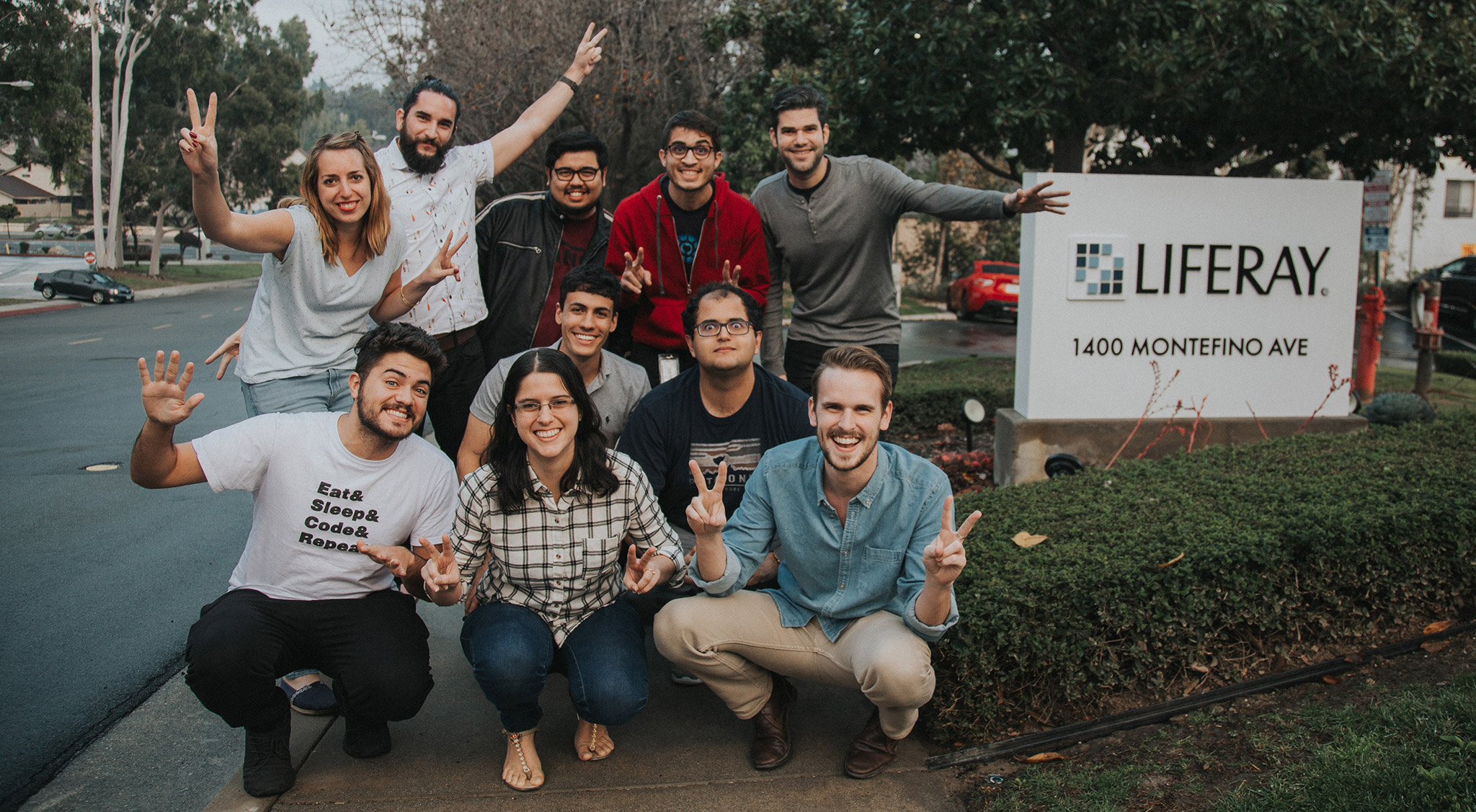
In 2018, we came to the conclusion that selling to SMBs was going to be a long-term endeavor and, Liferay, as a bootstrapped company, didn't have the resources to continue investing in this strategy.
We had to focus on the short-term and become profitable as soon as possible. To do this, we established a new entity called Liferay Cloud. This group would act as a separate company with a separate executive team - Fernando became the CEO, Eduardo became the CTO, and I became the CPO.
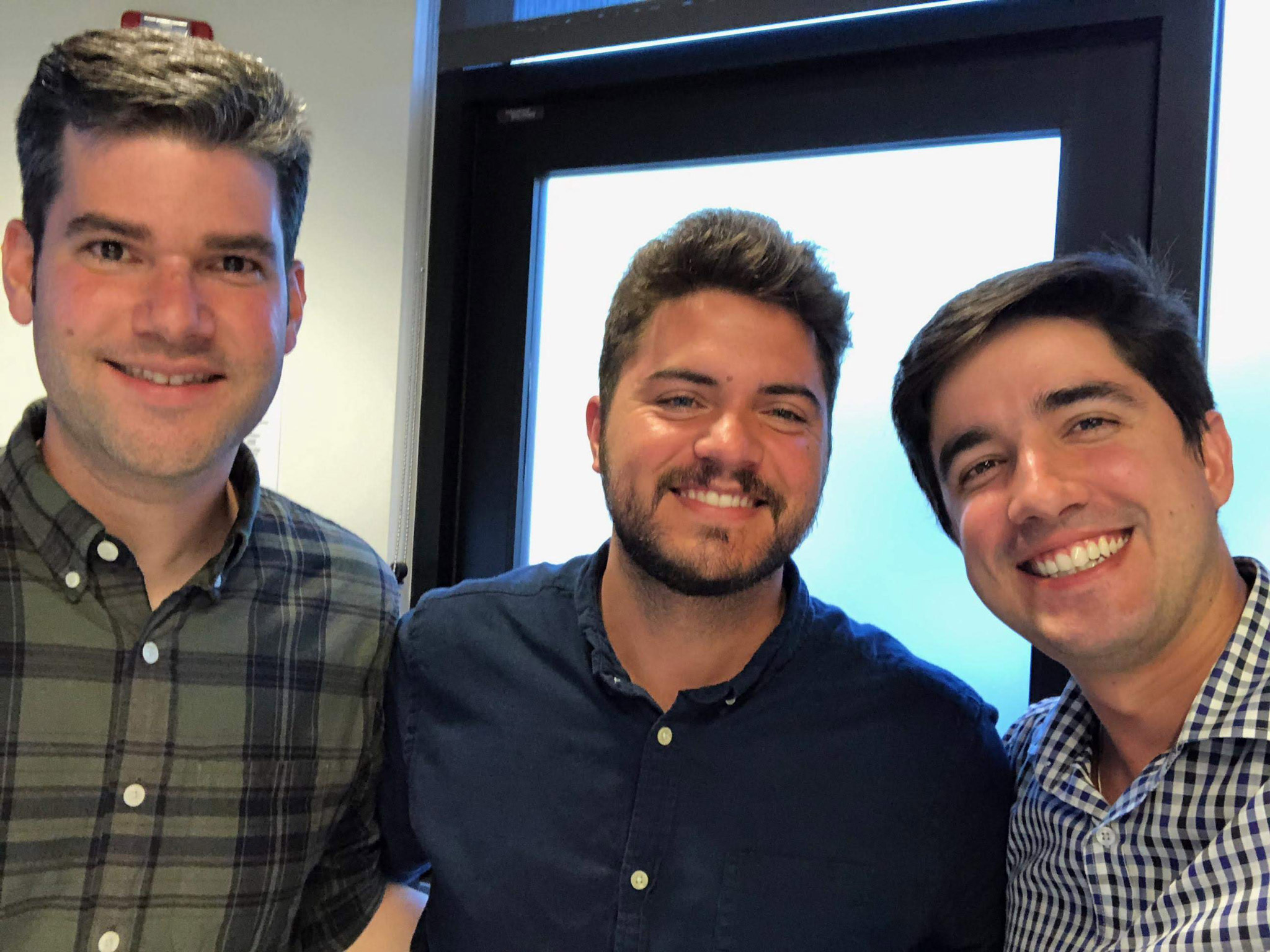
Becoming enterprise-ready
We put a lot of effort into transforming this already proven solution into something more appealing to the enterprise market.
The core platform was still the same, but we added new features, changed our branding, and revamped our go-to-market strategy. On top of that, we invested a lot of time into getting security certifications.
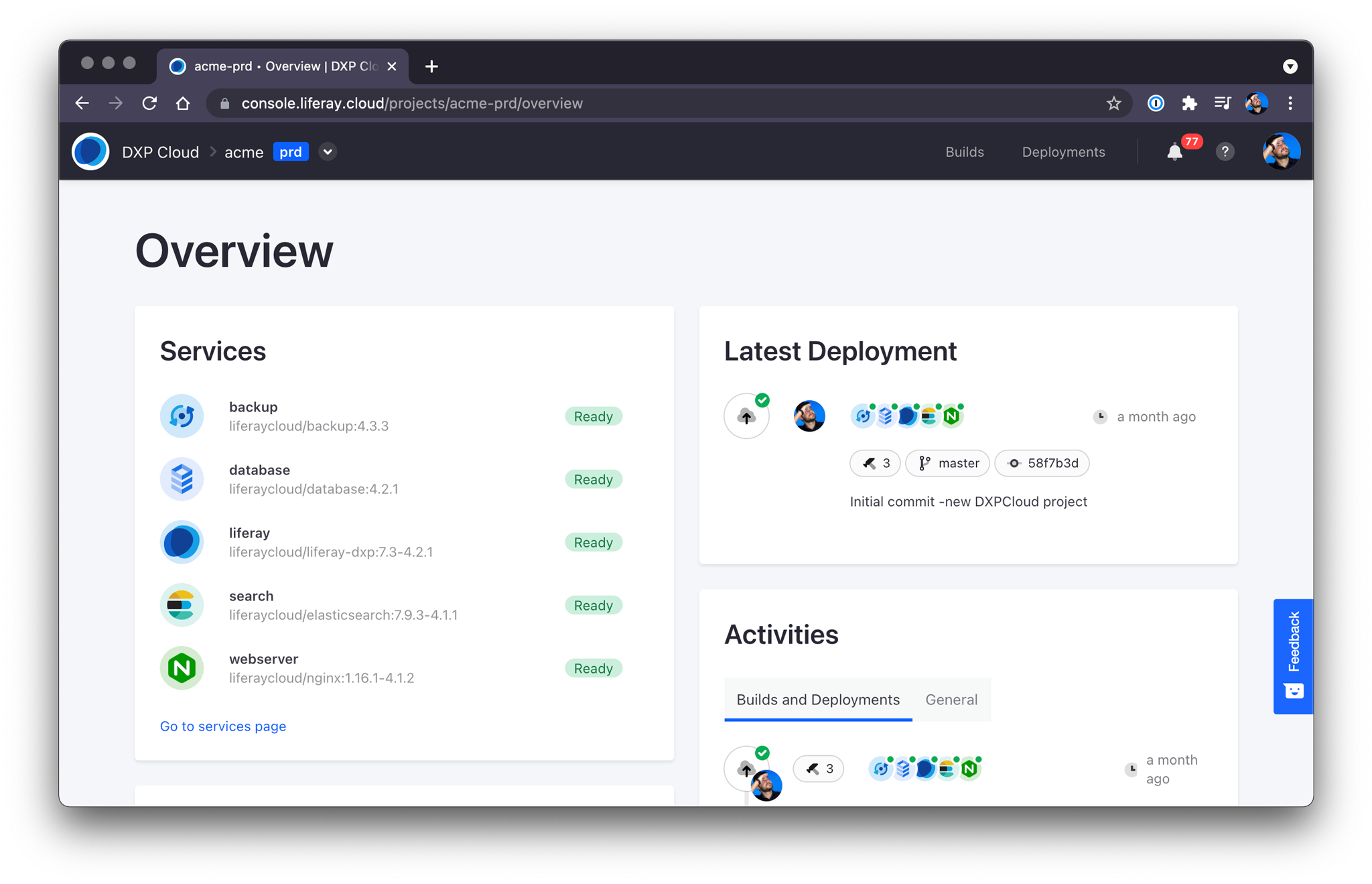
That's when we pivoted our product to the enterprise audience and called it Liferay DXP Cloud.
I'm not gonna lie - it was really hard to shutdown WeDeploy. I invested a lot of energy into that brand, and seeing all that fade away was soul-crushing.
However, I was confident that this new approach would be much more effective from a business perspective, keeping the product and the team alive.
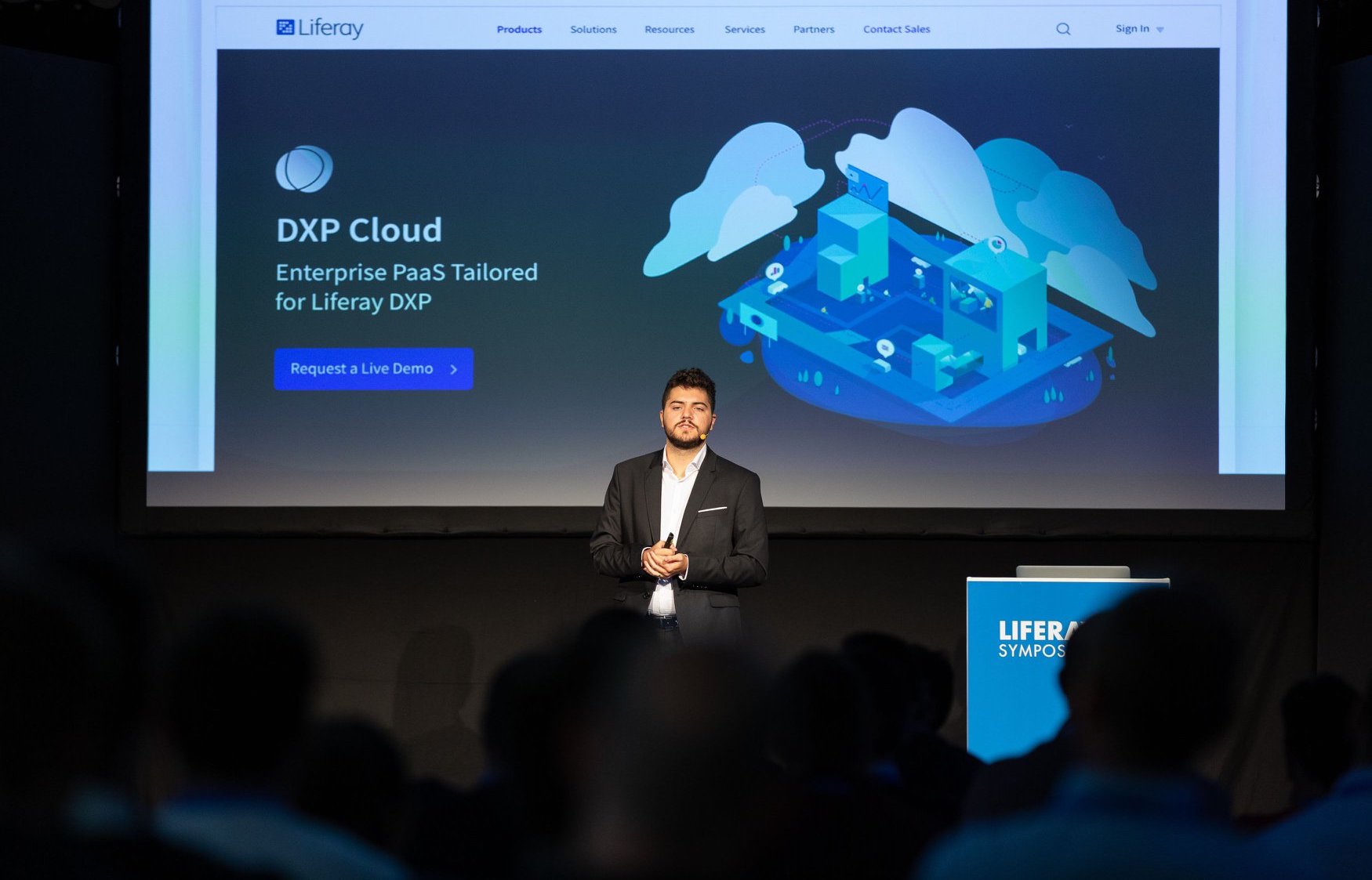
Scaling everything
The product was extremely well received by our customers, and we were able to turn a profit much sooner than anticipated. We closed deals with some of the biggest brands in the world and started to take a whole set of new challenges.
We also doubled down on hiring in order to accommodate all this growth. Watching this incredible team grow has been one of the best experiences of my entire career.
"A chain is as strong as the weakest link" - Iliyan Peychev
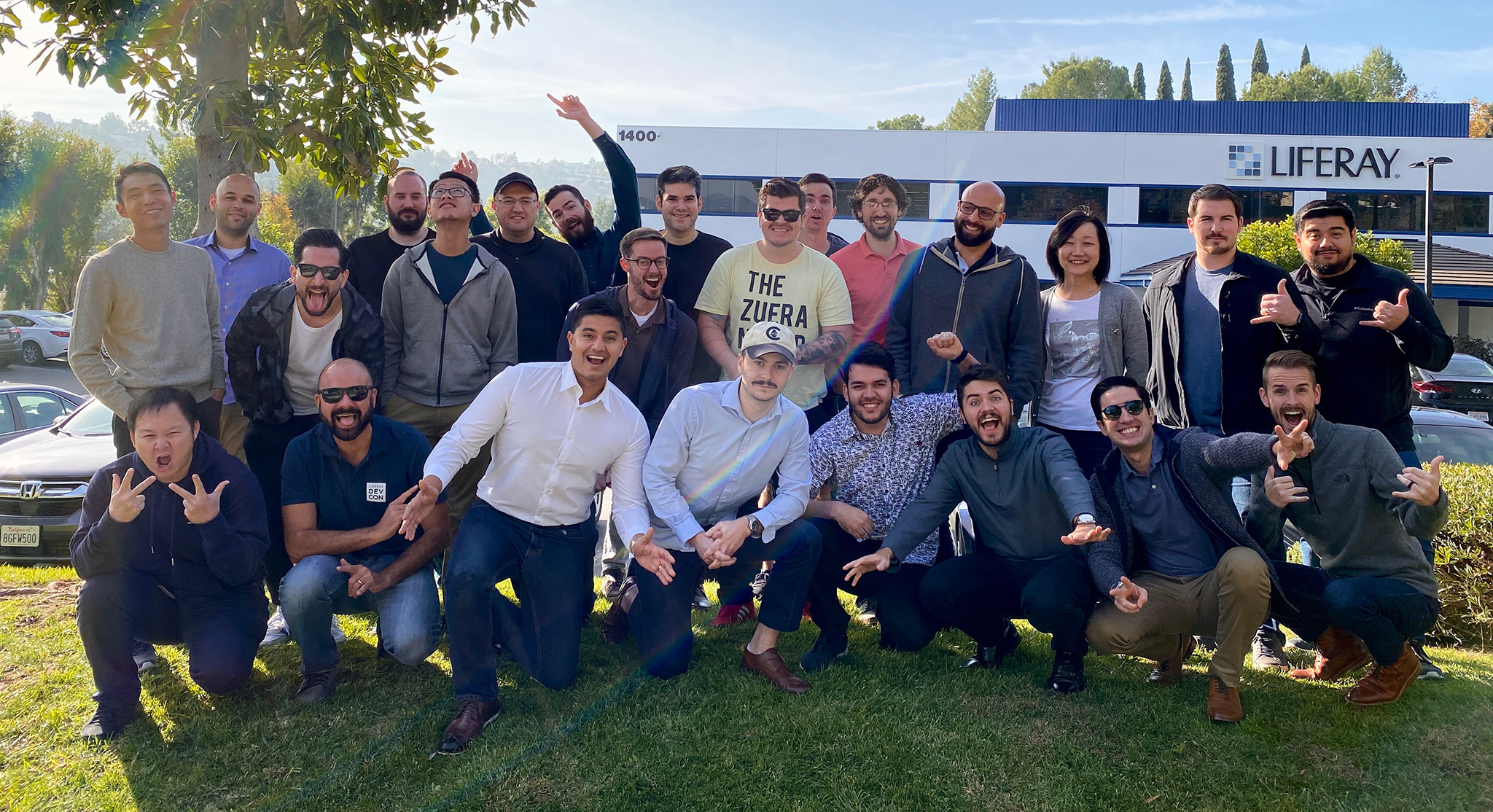
In 2020, our platform executed more than 263k builds and made more than 121.5k successful deployments. The best part was not seeing those numbers increase. The best part was seeing customers going live and being able to serve their own users.
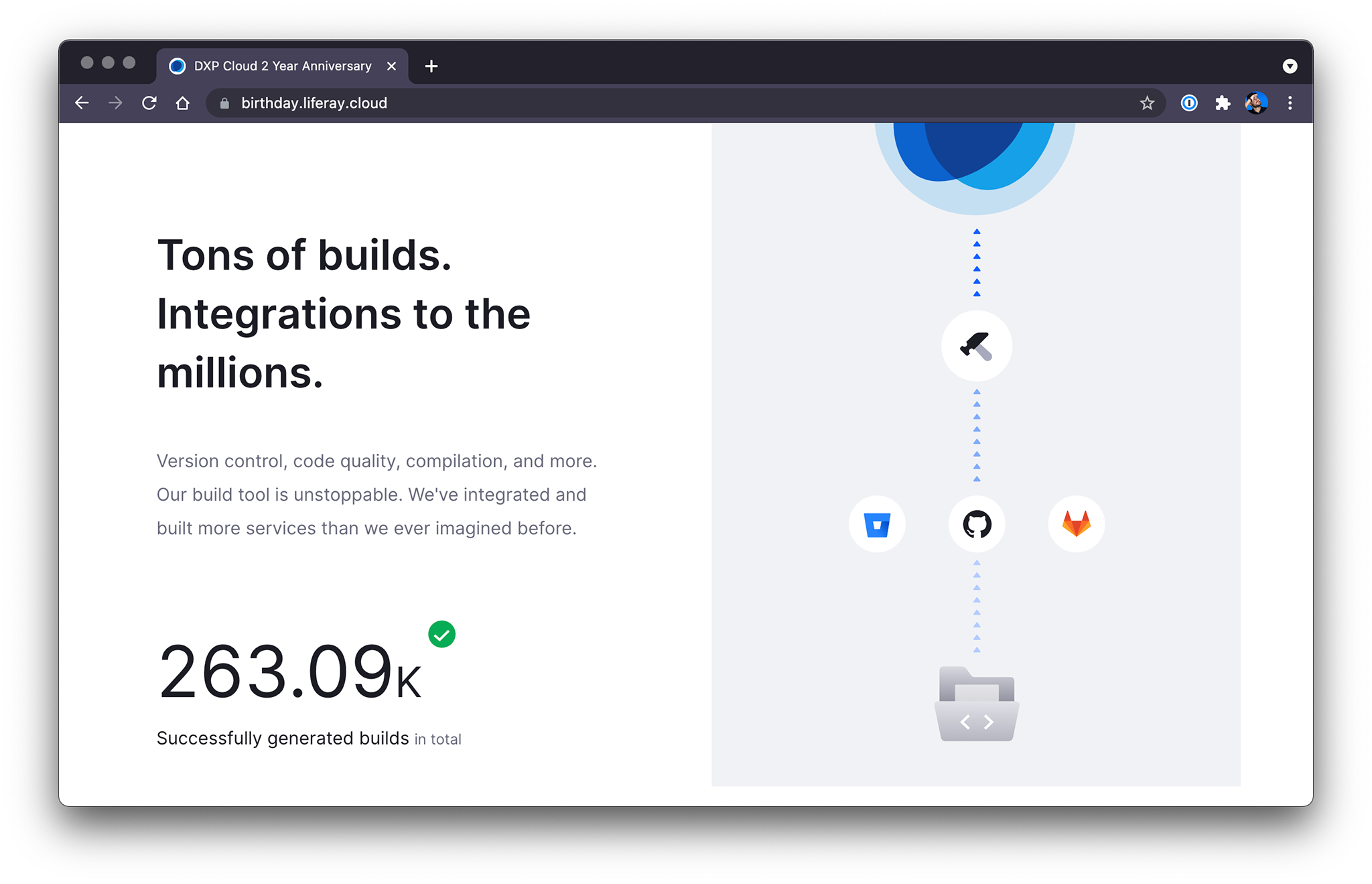
So why leave now?
After so many years working in the same company, it's hard to pinpoint a particular cause that justifies leaving now. In the end, it all comes down to a multitude of personal reasons that create this compound effect.
I still believe this group of people is in a unique position to succeed and build the future of Liferay. I don't have words to describe how proud I am and how much I'll miss working with you all.
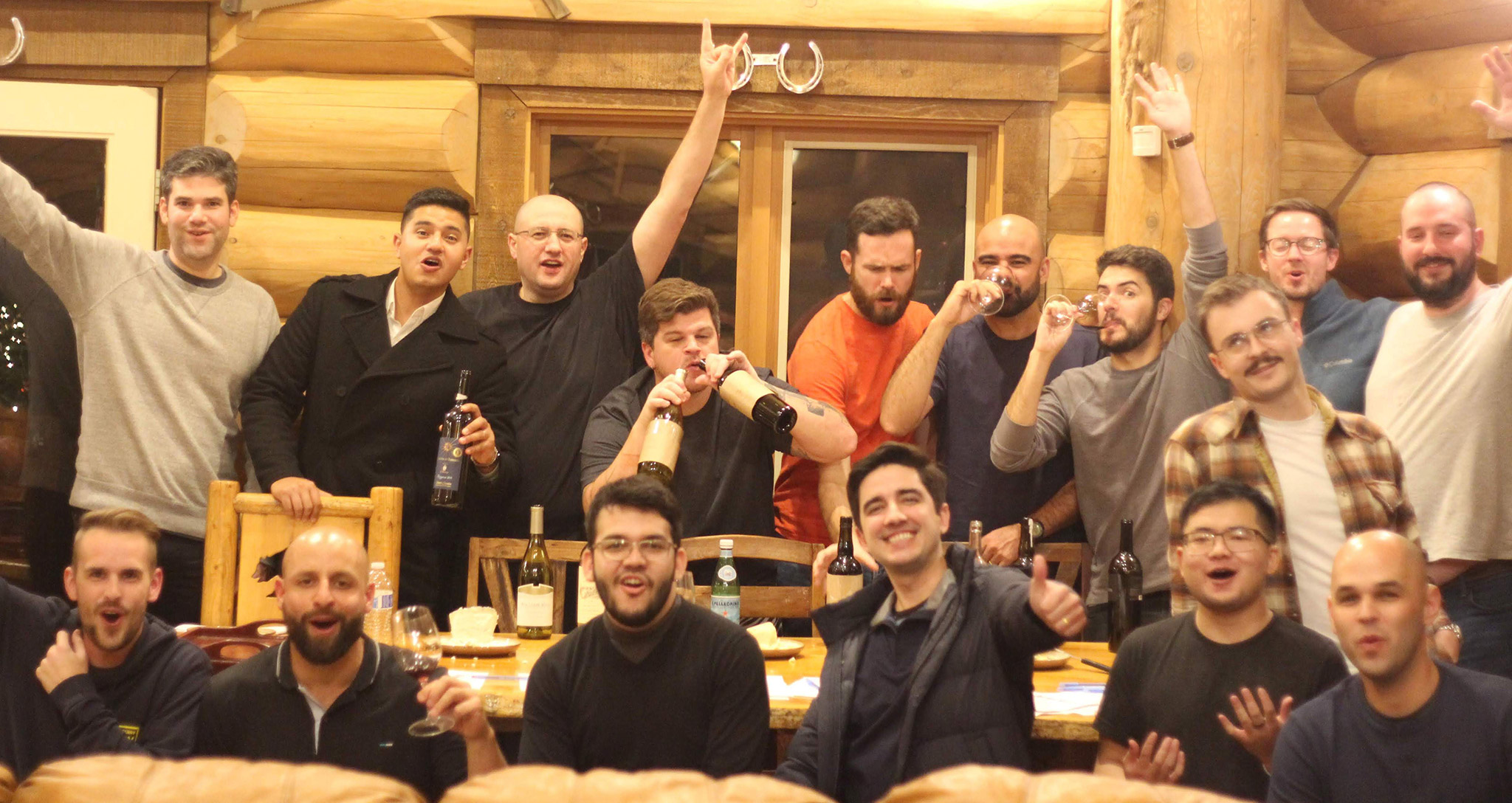
The end
When I joined Liferay, I was 21 years old; now I'm 30.
When I joined, there were around 100 employees; now there are 1,000.
Liferay has grown immensely, and I have grown along with it.
This is the end of my work relationship with the company, but it's definitely not the end regarding friendships and values that I'll continue to take with me.
Thank you so much! I'm extremely grateful for everything.
Where am I going next?
I'm super excited and optimistic about the next challenge. The starting day is July 6th and I'll write another post only about that. For now, I just want to honor the end of this journey.
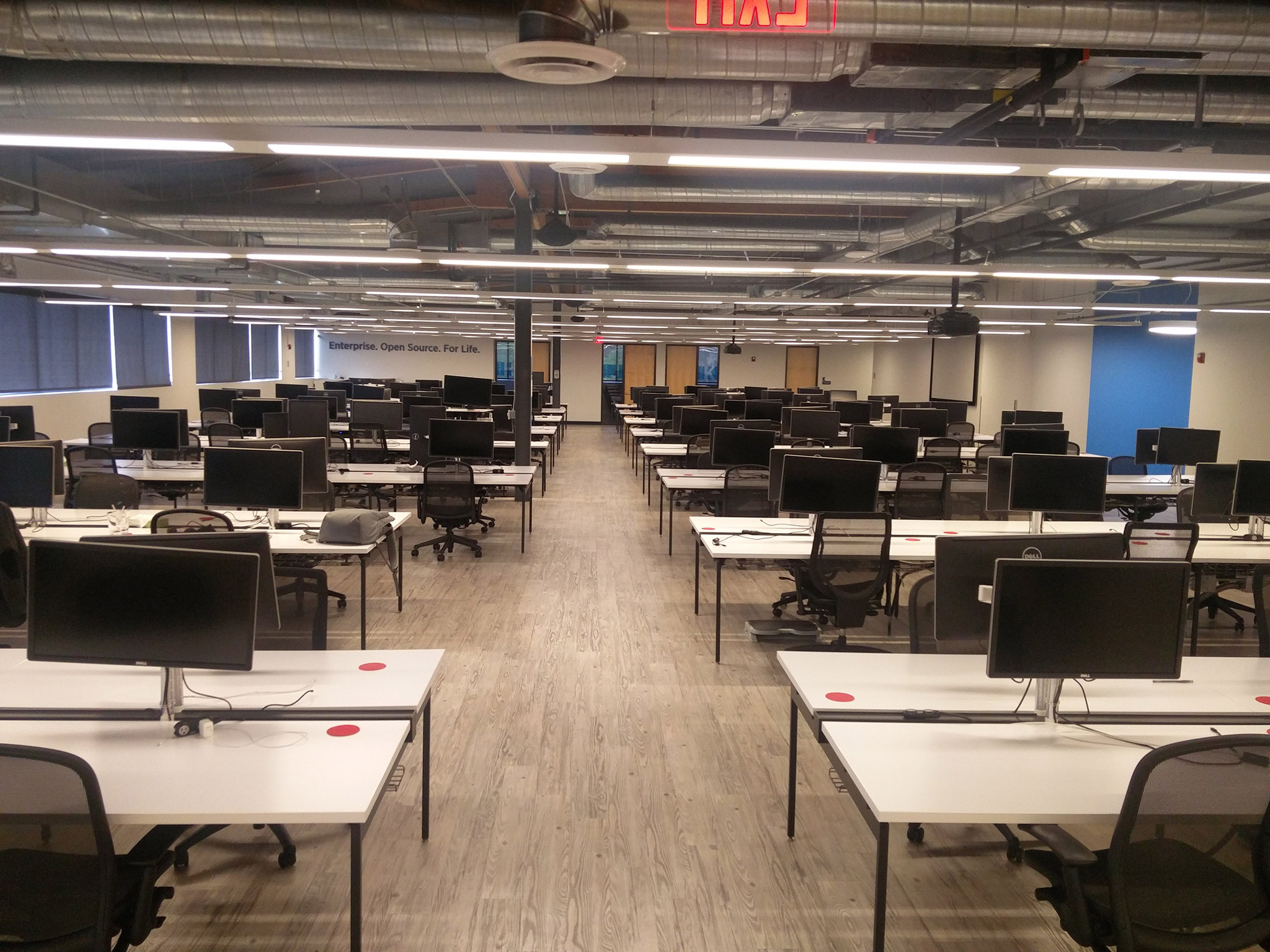
Stay nerdy!